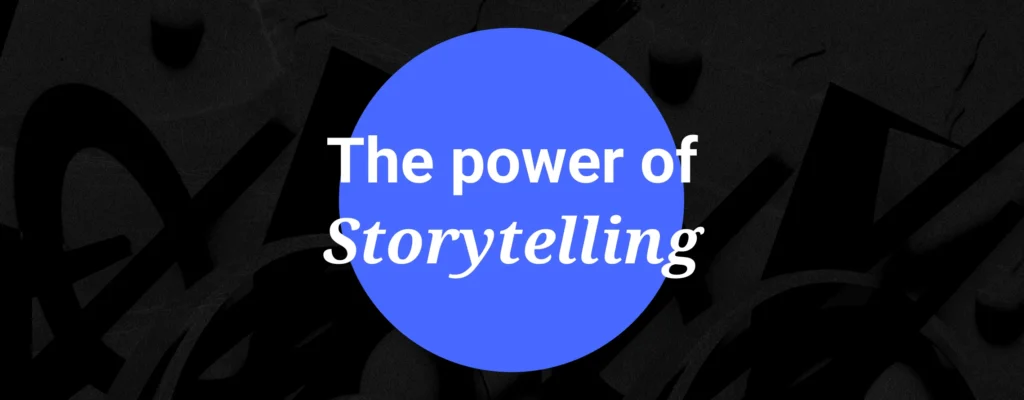In the rapidly shifting landscape of corporate training, the old model of hiring a one-time trainer for a one-time session is over. It’s no wonder that we’re witnessing the old approach of boring data meticulously disseminated in mind-numbing presentations and by bullet-point slides slowly turning the train well ahead of the weathered adage of a more modern approach: storytelling.
While it sounds quite like reminiscing over childhood bedtime tales, its widespread use among adult learning and in corporate settings are firmly fortified in mathematics and cognitive science. Storytelling in training is something that can change the game.
The Science Behind Storytelling's Efficiency
It is an undeniable fact that storytelling in learning and development is an effective way to captivate the learner. Over the past several decades, countless studies in cognitive psychology and neuroscience have illuminated the fact that storytelling in elearning is indeed a powerful tool for memory retention, cognitive education, and establishing a deeper connection with the subject matter in corporate settings.
Memory Retention and Emotional Engagement:
Narratives activate mental schemas, which are cognitive structures that allow us to almost effortlessly interpret and organize information, according to research performed by cognitive scientists Schank and Abelson (1977).
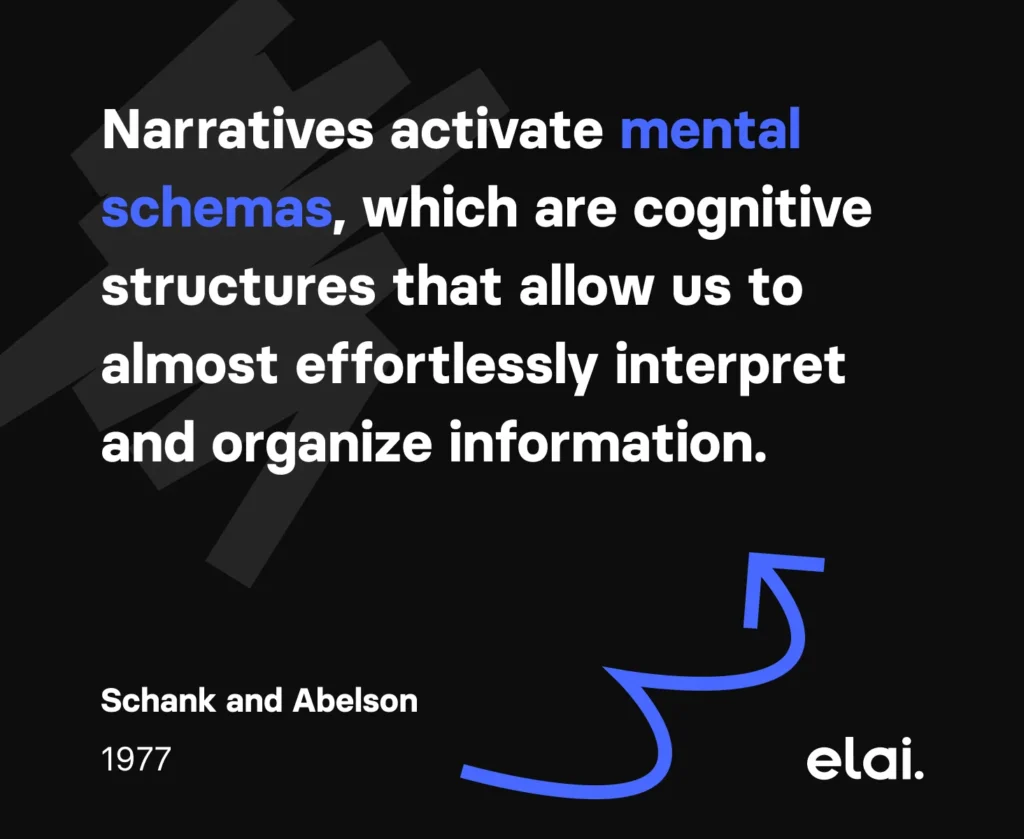
By doing this, the data is integrated into mental frameworks, making the information easier to relate and remember. Furthermore, Mayer’s Cognitive Theory of Multimedia Learning (2001) emphasizes the importance of presenting information in a “meaningful context.” By doing so, it emotionally engages learners through real-world experiences, personal opinions and prior knowledge, which is essentially an essential part of remembering the information in the first place. Emotional engagement also increases the attention of learners, and the motivation to learn and the cognitive effort they’re willing to use to process it.
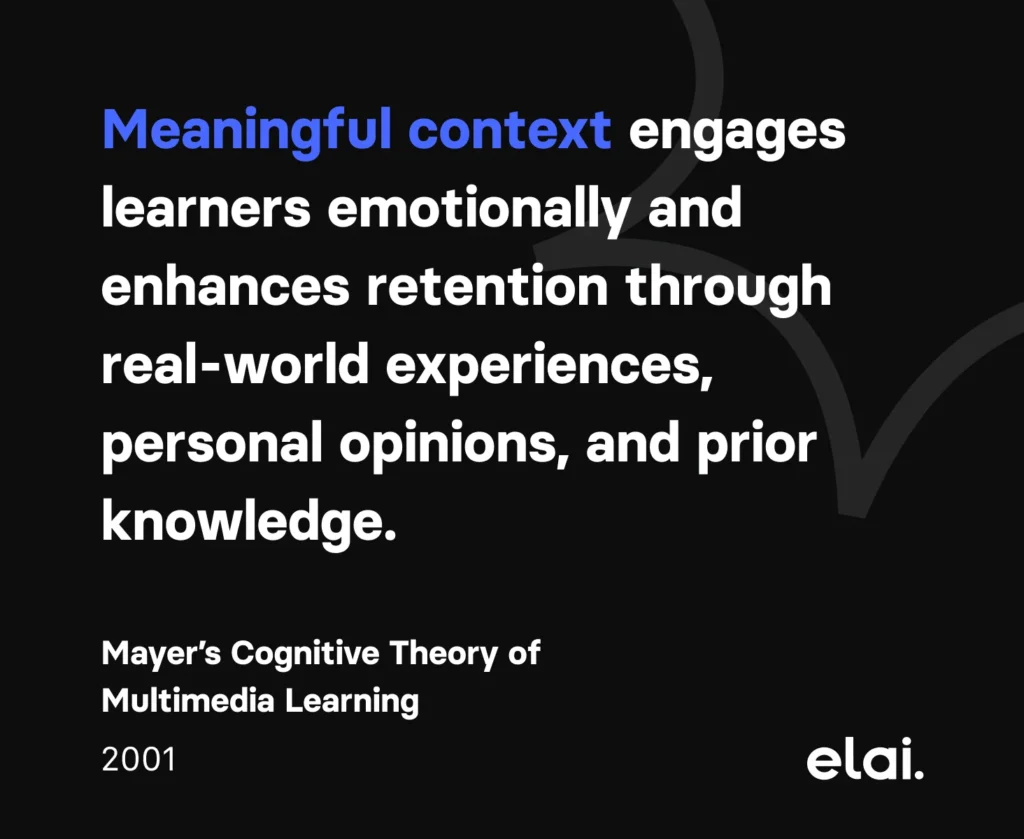
Neurological Activation and Empathy:
Recent advances by neurobiologists Zak (2015) and Iacoboni (2008) have decrypted the neurobiological underpinnings of story, finding that the brains of those that hear stories release oxytocin, a neurotransmitter linked to meaning intimacy, bond and empathy, such as when mothers are breastfeeding their children or couples are cuddling and kissing, as well as activating the brain regions associated with theory of knowledge, such as the primary visual cortex and sensory cortex in the brain, and hearing words—two critical components of feeling others pain and intentions. Together, this neurological cocktail is responsible for creating deep emotional connections to compassion and memories and understanding the content presented. As you might expect, by engendering empathy in learners, storytelling is also a powerful tool for encouraging prosocial behavior and collaborative relationships among individuals in corporate settings.
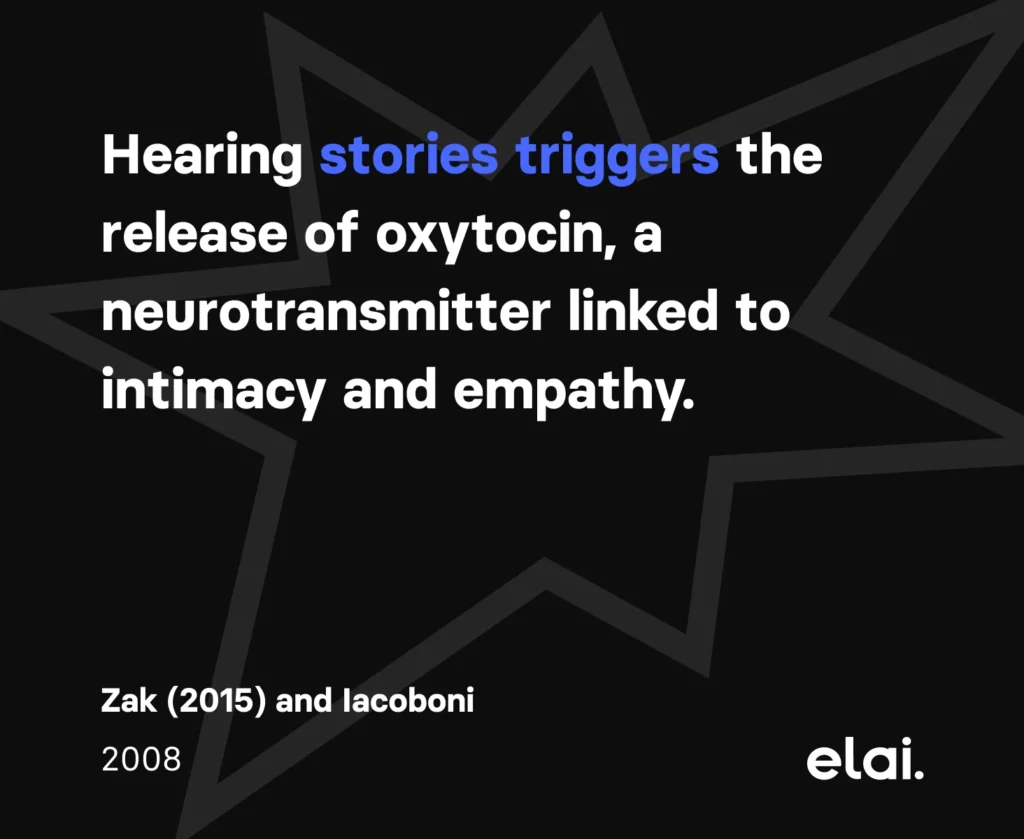
Motivation and Behavior Change:
Self-Determination Theory (SDT) drawn by Deci and Ryan (2000) states that people are inherently motivated to adopt new behaviors when those behaviors are satisfying to psychological necessities for autonomy, conceptions and related ness. Storytelling aligned with these intrinsic motivations and ideals can thus significantly help motivate and manage behavioral change. These narratives can give meaning to individual goals, aspirations and ideals, and help inspire a personal pursuit of the learner on their learning path and to tell a powerful tale of a clear picture of the desired behavior they should expect to support that new behavior or technique actively. Time the development and conditioning of such attitudes, dynamics, and reactions to press for and manage real change in the culture within the corporation.
Story based learning in Corporate training comes with the great potential of boosting the efficacy of Corporate training if executed right. It is far too easy to bore learners to death, and while there is no shortage of engaging strategies, whether or not they will work for your unique demographic or the way you structure your training is another story. When we carefully and intentionally design narratives that incorporate the vital elements of high-impact training, we have the potential to keep learners more engaged, to improve memory retention and journey, to develop greater learner interest and empathy, and to inspire improved learner behaviors.
In the process of designing a narrative with these characters and the scenarios that present themselves through the action of conversation, corporations aren’t merely equipping learners with the skills that are needed, they are creating an immersive and enjoyable learning environment that learners are likely to want to return to- where they can actually get to know and respond to the characters and backstory.

The 20 storytelling techniques below are a highly effective way to begin to do this, while ensuring that your epoch of storytelling in corporate training is a hit with your learners.
Character Development:
Introduce characters like “Customer Service Carl” or “Manager Maria” to represent typical roles within the organization. Follow their journeys as they navigate challenges and interactions in various scenarios.

Conflict Resolution:
Present a scenario where a team member disagrees with a proposed solution during a project meeting. Learners are tasked with resolving the conflict through effective communication and collaboration.

Metaphors and Analogies:
Compare project management to building a house, where each phase represents a different stage of construction. This analogy helps learners visualize the project lifecycle and understand the importance of planning and coordination.

Visual Storytelling:
Use a series of animated videos to illustrate company values and policies in action, showcasing scenarios where employees demonstrate integrity, teamwork, or innovation.

Interactive Storytelling:
Develop a branching scenario where learners step into the role of a manager and make decisions that impact the team’s success. Each decision leads to different consequences, encouraging learners to explore various outcomes.

Humor:
Incorporate humorous anecdotes or cartoons into compliance training modules to lighten the mood while still conveying important information about regulations and guidelines.

Emotional Appeal:
Share a story about a customer whose issue was resolved promptly and courteously by an employee, highlighting the positive impact of exemplary customer service on customer satisfaction and loyalty.

Personal Narratives:
Invite employees to share stories about their career journeys or memorable experiences at the company during team meetings or training sessions, fostering a sense of camaraderie and connection among colleagues.

Story Arcs:
Present a scenario where a team is tasked with launching a new product. The story progresses from initial brainstorming sessions to overcoming obstacles and ultimately achieving success in the marketplace.

Cultural References:
Use cultural references or traditions from different regions to illustrate the importance of diversity and inclusion in the workplace, emphasizing the value of embracing different perspectives and backgrounds.

Suspense:
Introduce a mystery storyline where employees must investigate a security breach or data leak within the organization, keeping them engaged as they uncover clues and solve the case.

Foreshadowing:
Drop hints about upcoming changes or initiatives within the company during storytelling sessions, preparing employees for future developments and fostering a sense of anticipation.

Symbolism:
Use symbols like a lighthouse to represent leadership or a compass to symbolize guidance and direction, reinforcing key messages about vision and strategy.

Multiple Perspectives:
Present a scenario from the perspective of different stakeholders, such as customers, employees, and shareholders, highlighting the diverse interests and priorities involved in decision-making processes.

Storytelling Workshops:
Host storytelling workshops where employees practice storytelling techniques by sharing success stories, challenges faced, and lessons learned in their respective roles.
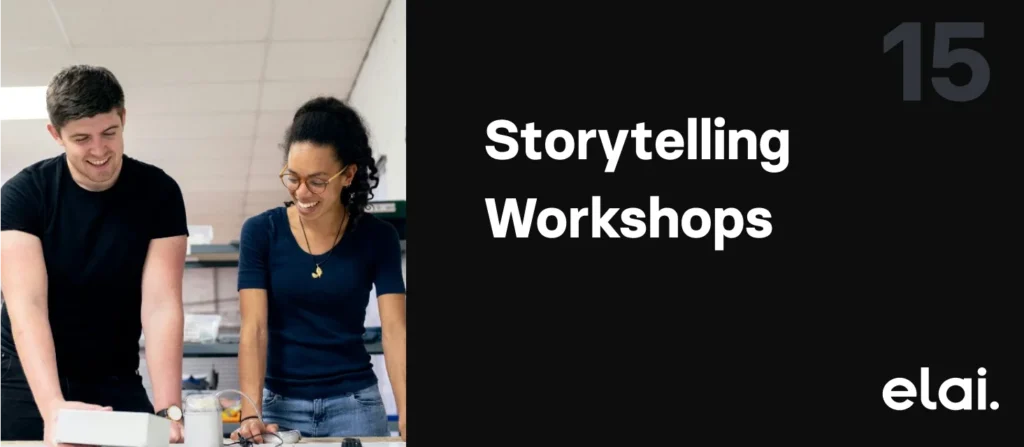
Gamification:
Create a storytelling competition where employees submit creative stories related to company values or initiatives. Winners receive recognition and rewards, fostering healthy competition and engagement.

Storytelling Circles:
Facilitate storytelling circles during team-building retreats or off-site meetings, providing a safe space for employees to share personal experiences and insights with their colleagues.

Integration with Learning Objectives:
Align storytelling with specific learning objectives, such as improving communication skills or fostering a culture of innovation, ensuring that each story contributes to achieving desired training outcomes.
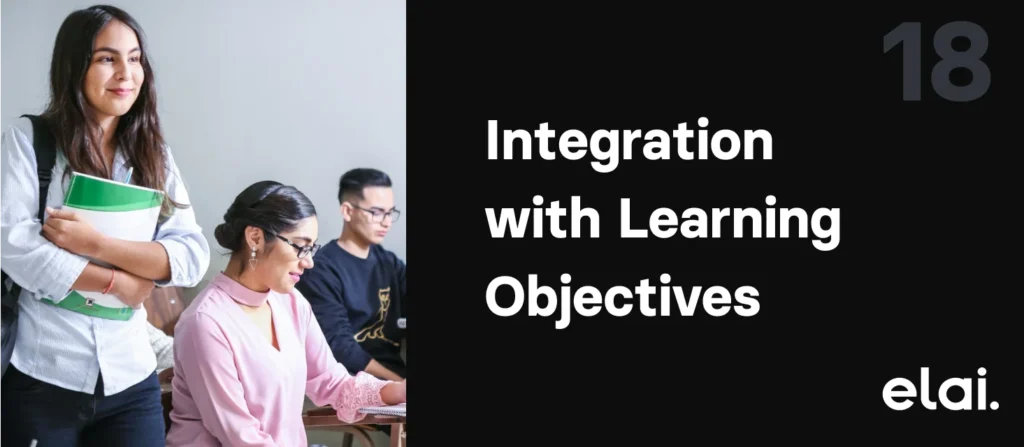
Branching Narratives:
Develop an e-learning module with a branching narrative where learners choose their career path within the company, exploring different departments and roles based on their interests and goals.

Feedback Loops:
Integrate feedback mechanisms into storytelling experiences, allowing learners to reflect on their decisions and receive constructive feedback from peers or mentors to enhance learning and growth.
These techniques can engage learners, reinforce key concepts, and drive behavioral change within organizations.

Embracing the Power of Storytelling
In reimagining corporate training, storytelling emerges as a transformative tool, reshaping how organizations nurture knowledge and skills. Each of the 20 techniques explored in this article offers a unique avenue to engage learners and embed key concepts within the fabric of the organization.
From character-driven narratives to interactive scenarios, humor-infused anecdotes, and cultural references, storytelling transcends traditional training methods, fostering a culture of continuous learning and collaboration.
By using storytelling in training, organizations empower learners to navigate complexities with resilience and creativity. These narratives become more than just training tools; they form the foundation of a shared understanding and a cohesive company culture.
FAQ
How is storytelling used in learning?
Storytelling in education is used to get learners more interested, help them remember things, and help them understand by sharing stories that connect with them mentally and emotionally.
What are the storytelling techniques in learning?
Some ways to use stories to learn are to use vivid images, make characters that are easy to relate to, include conflict and closure, and use the power of feelings to make lessons memorable and powerful.
